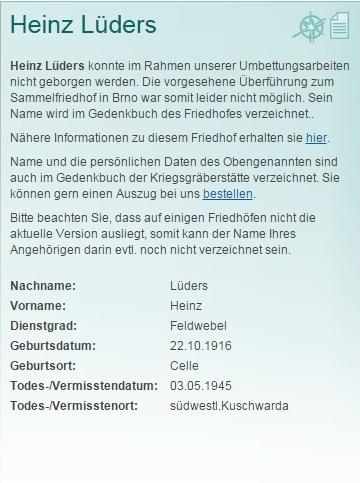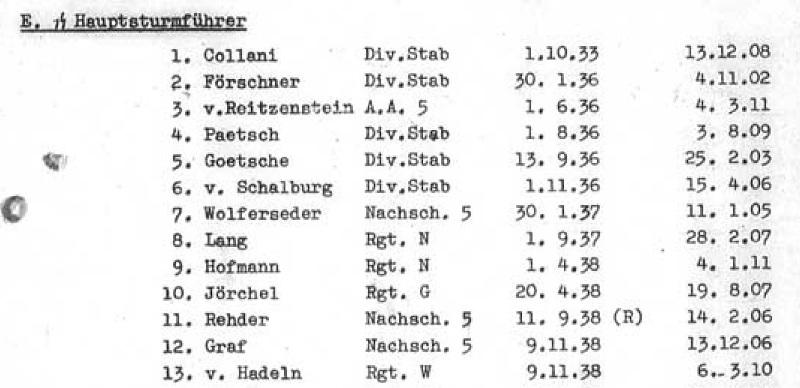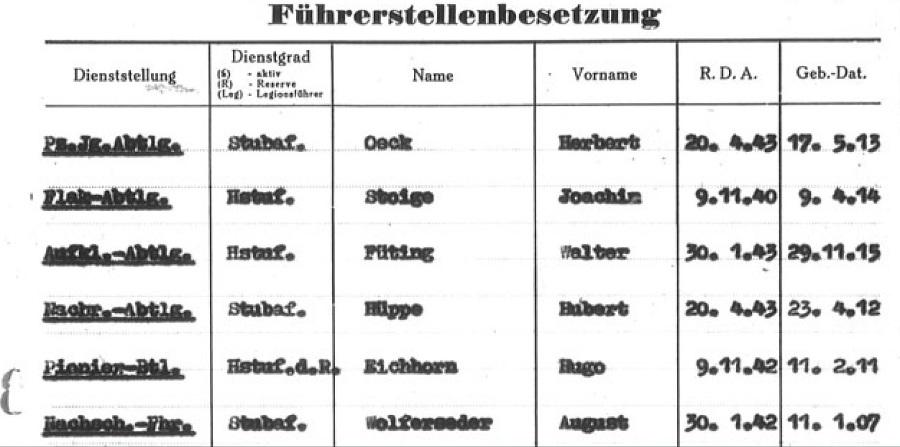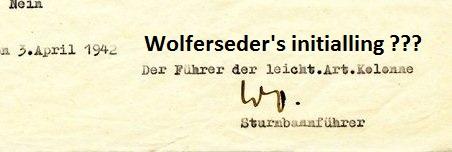-
Posts
3,680 -
Joined
-
Last visited
-
Days Won
9
Content Type
Profiles
Forums
Blogs
Gallery
Events
Store
Everything posted by hucks216
-
Recently I managed to obtain a handful of Kriegsmarine Soldbücher including one for a crewman on the Tirpitz. But the one I was really pleased to get was to a flak crew member who served on the floating battery 'Thetis' which was used to provide additional AA support to Tirpitz both in Altafjord and Tromso. Thetis was originally built by Armstrong Whitworth in 1896 as a cruiser for the Norwegian Navy, serving under the name of Harald Haarfagre. When the Germans invaded Norway in 1940 they captured the ship and converted it into a Flak ship to be used at the main fleet anchorages in that country. Thetis was present at all the air attacks on the Tirpitz while she was at anchor and was present for the final attack that capsized her. In fact the sailor received the EK II on 4th November 1944 which would tie in with the attack by 9 & 617 Squadrons on 29th October 1944 (operation Obviate). this attack saw no direct hits with the Tallboy bombs due to cloud cover, but just 8 days after his award of the EK II the Tirpitz was finally sunk by multiple Tallboy hits when 9 & 617 Squadrons returned. During his service he was also awarded the Minesweeper Badge & the Coastal Artillery Badge. Judging by a slip of paper fixed into the Soldbuch he served with Marine-Flak-Abt 709 which was stationed on Thetis. The Soldbuch contains the signature of Otto Messtorff who commanded Marine-Flak-Abteilung 709 as well as the signatures of two of the Commanding Officers of Thetis - Helmut Steib and a Kapitänleutnant Spott. I have also been able to find two photos on the internet ( http://www.bismarck-class.dk/tirpitz/miscellaneous/tirpitz_kaafjord_then_and_now/tirpitz_kaafjord_then_and_now.html ) that show Thetis in close proximity to Tirpitz in Kaafjord providing a duty that would today be called a Goalkeeper role in the Royal Navy.
-
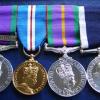
Luftwaffe Unidentified WW2 Luftwaffe Signatures
hucks216 replied to hucks216's topic in Germany: All Eras: Signature Database
Good shout. I can see that name in the signature. -

Heer Max Reck
hucks216 replied to Paul R's topic in Germany: Third Reich: Research, Documentation & Photographs
That is a great effort. Hopefully you will be able to find the items that you are looking for. -
The way to attempt that is to contact the WASt and ask for the service details of Heinz as we know his date and place of birth (whether they would give that information out to non-next of kin is doubtful but they do sometimes do that). Then that could show the unit he was with when killed and then maybe try and find if the writer served as a officer in that unit. There is an Oberleutnant Adolf Müller who won the DKiG in 1943 and another Oberleutnant Adolf Müller who won the Ehrenblattspange in 1945 (assuming they are two different people).
-

Luftwaffe Unidentified WW2 Luftwaffe Signatures
hucks216 replied to hucks216's topic in Germany: All Eras: Signature Database
I have to agree. I think it is indeed Adrario. -

Luftwaffe Unidentified WW2 Luftwaffe Signatures
hucks216 replied to hucks216's topic in Germany: All Eras: Signature Database
For 1929 I have found a Hauptmann Schaumberg in command of 4.Kompanie (no idea if he was a 'von' or not as the signature suggest that signer is.) -

Luftwaffe Unidentified WW2 Luftwaffe Signatures
hucks216 replied to hucks216's topic in Germany: All Eras: Signature Database
You'll need to post that one in the Unidentified Heer Signatures thread. Hans Rössing - Ehrenpokal -

Luftwaffe Unidentified WW2 Luftwaffe Signatures
hucks216 replied to hucks216's topic in Germany: All Eras: Signature Database
No information on him but I have seen his signature on prelim RK citations before. -

Luftwaffe Unidentified WW2 Luftwaffe Signatures
hucks216 replied to hucks216's topic in Germany: All Eras: Signature Database
Many thanks for that Richard. -

Surrender or visit???
hucks216 replied to Jock Auld's topic in Germany: Third Reich: Research, Documentation & Photographs
I would go with some sort of early/pre war burial. Is that a coffin in between the two soldiers at the front? If it was nearer the end of the war I'd imagine that the Germans would be wearing more awards, especially the flyer in the front - or no awards at all. -

KdF Ausweis
hucks216 replied to kyles bullets's topic in Germany: Third Reich: Research, Documentation & Photographs
Sounds like a good item to have - and certainly to start off that line of collecting - if it is such a scarce piece. I look forward to seeing your future items. -

KdF Ausweis
hucks216 replied to kyles bullets's topic in Germany: Third Reich: Research, Documentation & Photographs
I can't say that I have ever seen one of these before so thanks for showing. -
As you know, an Ehrenblattspange was won by a Hauptmann Weiss while serving with that battle group in 1945 so it would seem that he was assigned a front line command in the last days of the TR. He is listed in the 1943 & 1944 DAL as an Oberst. He is the only one listed with the surname of Erdmann-Degenhardt.
-

Help with award
hucks216 replied to dante's topic in Germany: Third Reich: Research, Documentation & Photographs
First letter looks like it could be a V. Based on the FpNr the unit is Stab u. 1.-5. Kompanie Bataillon 807 d. Kaukasisch-mohamedanischen Legion. -

Help with signature
hucks216 replied to dante's topic in Germany: Third Reich: Research, Documentation & Photographs
Here are two wartime Wiking documents that mention Wolferseder. The first is a Dienstaltersliste dated for June 1941 and the second is a Führerstellenbesetzung dated for July 1943. -

Help with signature
hucks216 replied to dante's topic in Germany: Third Reich: Research, Documentation & Photographs
With the second signature in the post above this one, I can only find two 'Oess' in the Führerliste with only one of those with that rank at some point - Heinrich Oess. But by July 1941 he was with SS-Inf.Rgt Deutschland.. The one under that is August Wolferseder who ended up commanding Wiking's supply units. I wonder if that is him just pending the first two letters of his surname on the first form? -

Help with signature
hucks216 replied to dante's topic in Germany: Third Reich: Research, Documentation & Photographs
For images 4, 7 & 8 you will need to show more of the document so people know what the signers unit is that they need to look for.



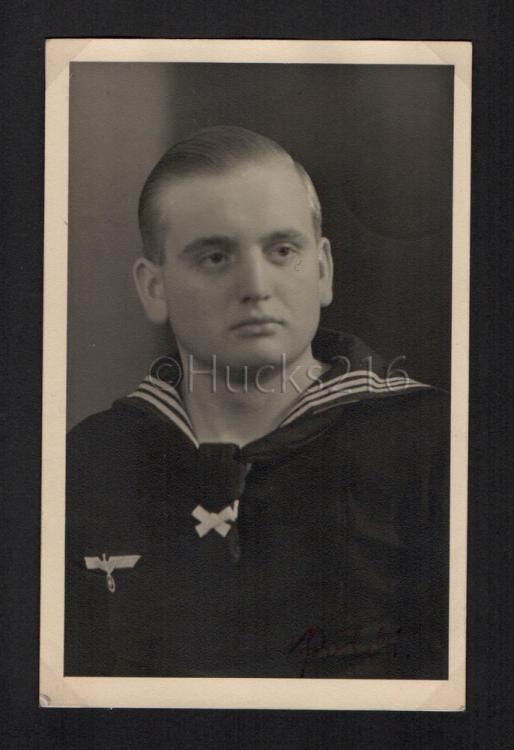
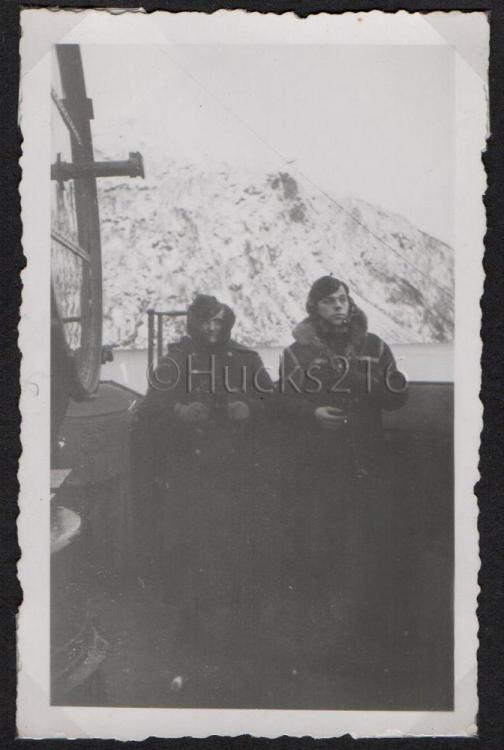
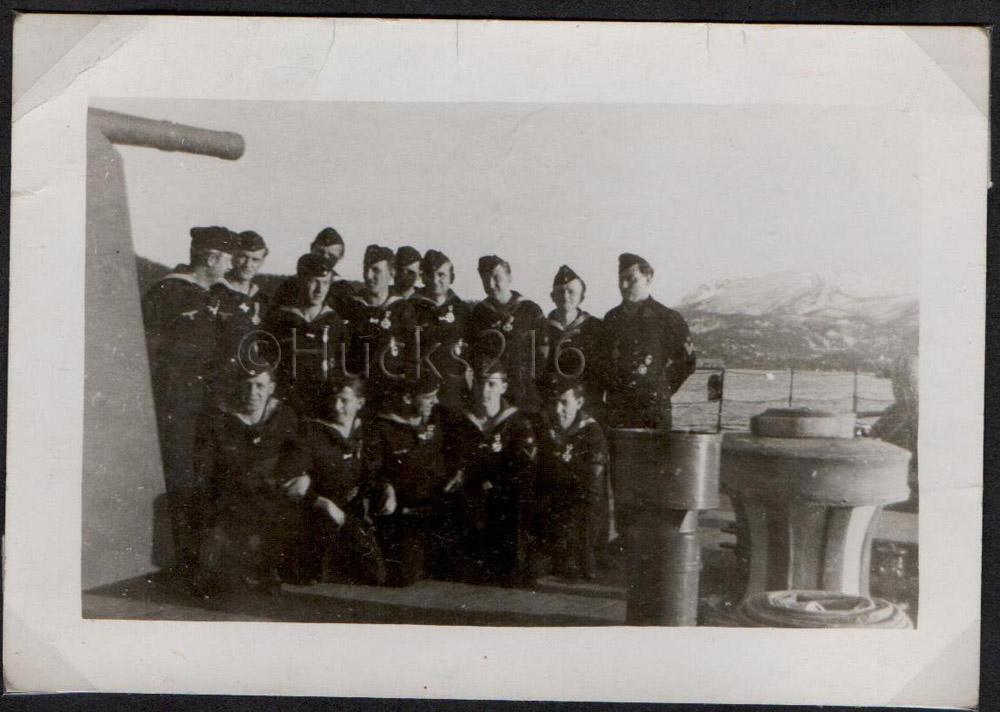
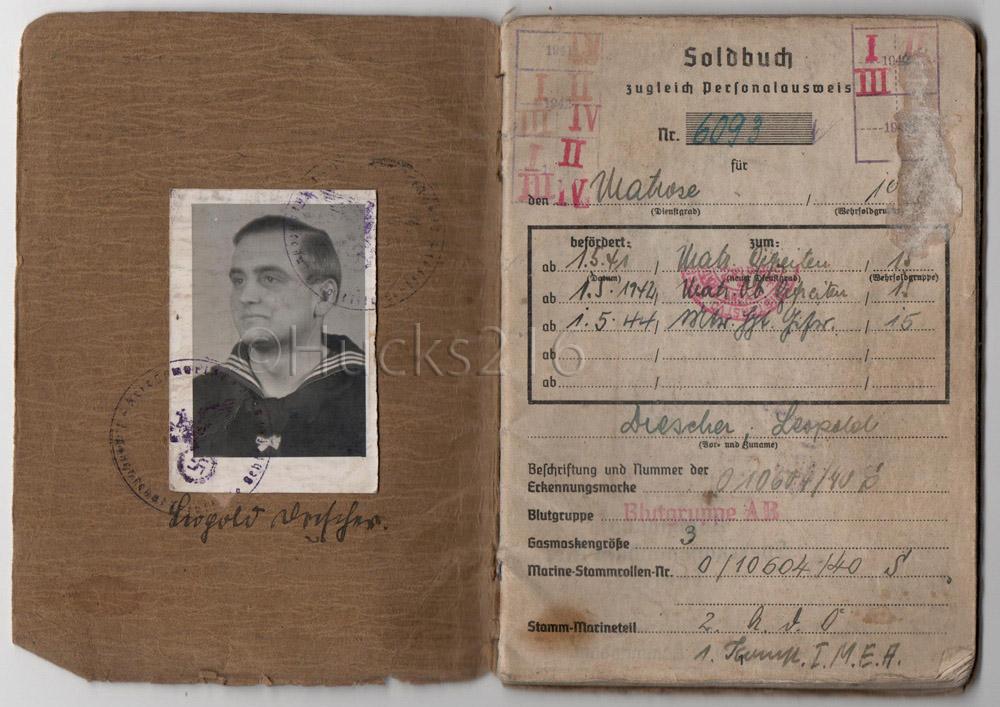


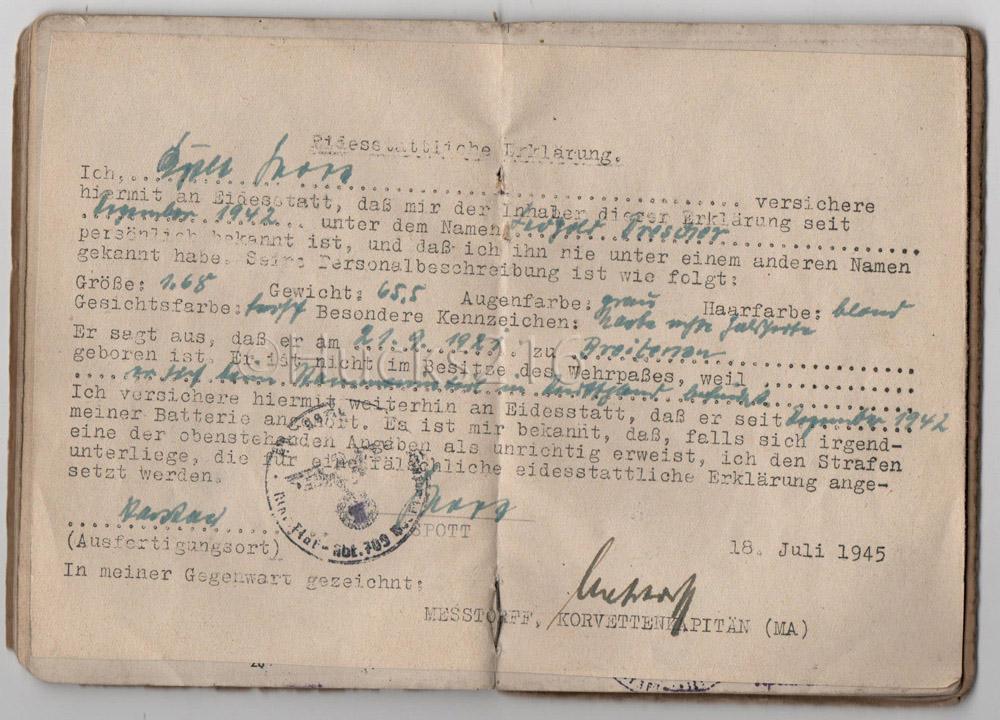
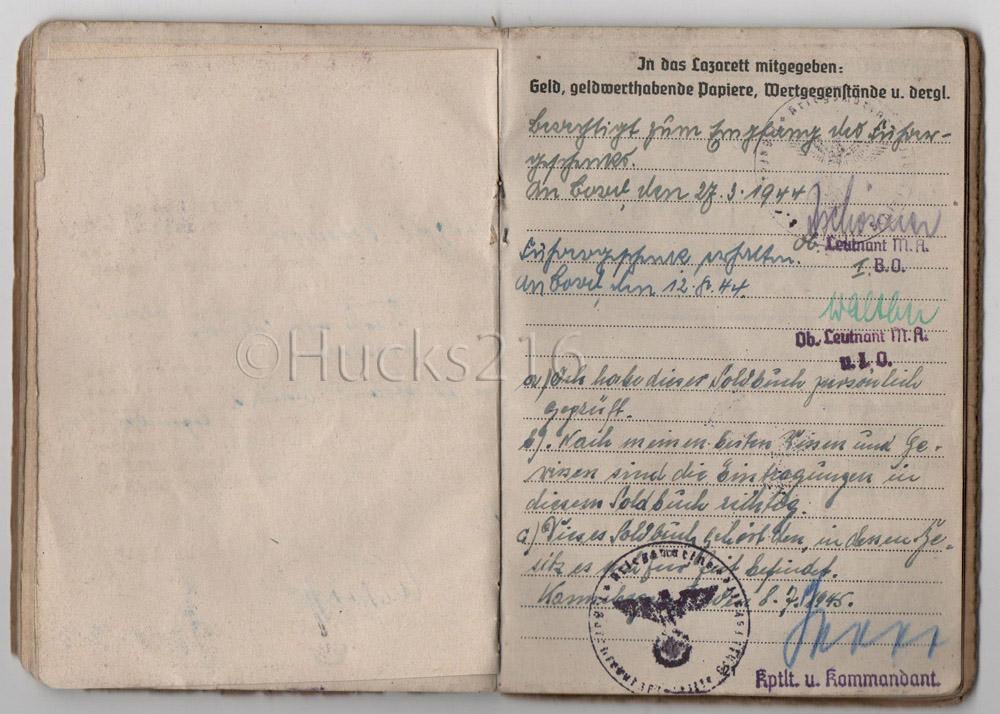
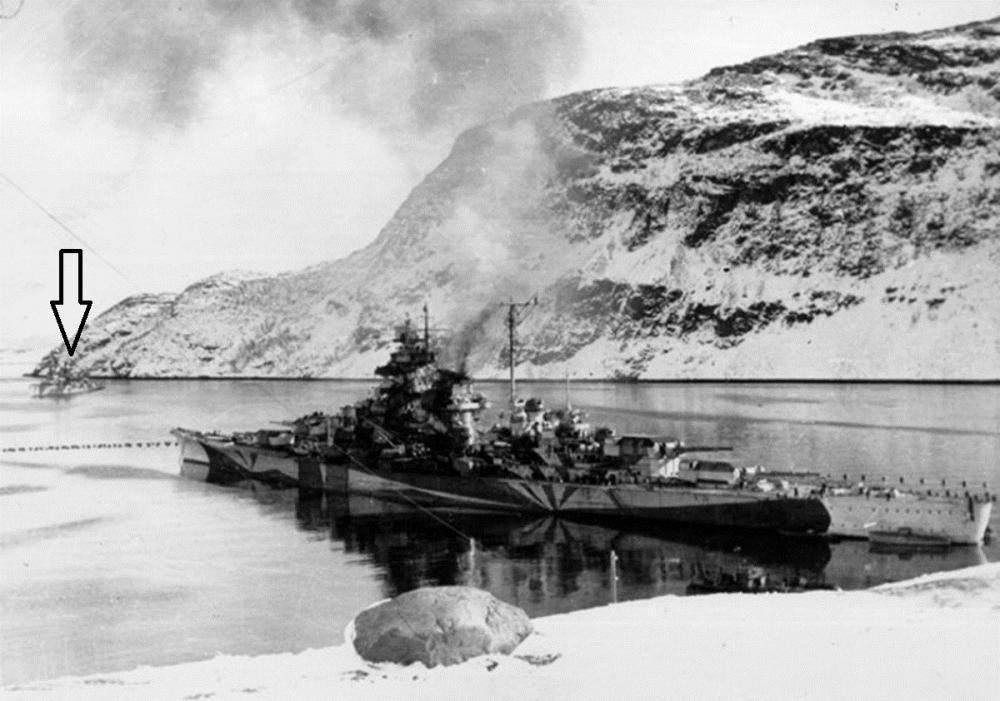
.thumb.jpg.22065d7657c85270f2a76b78840d2e8d.jpg)
